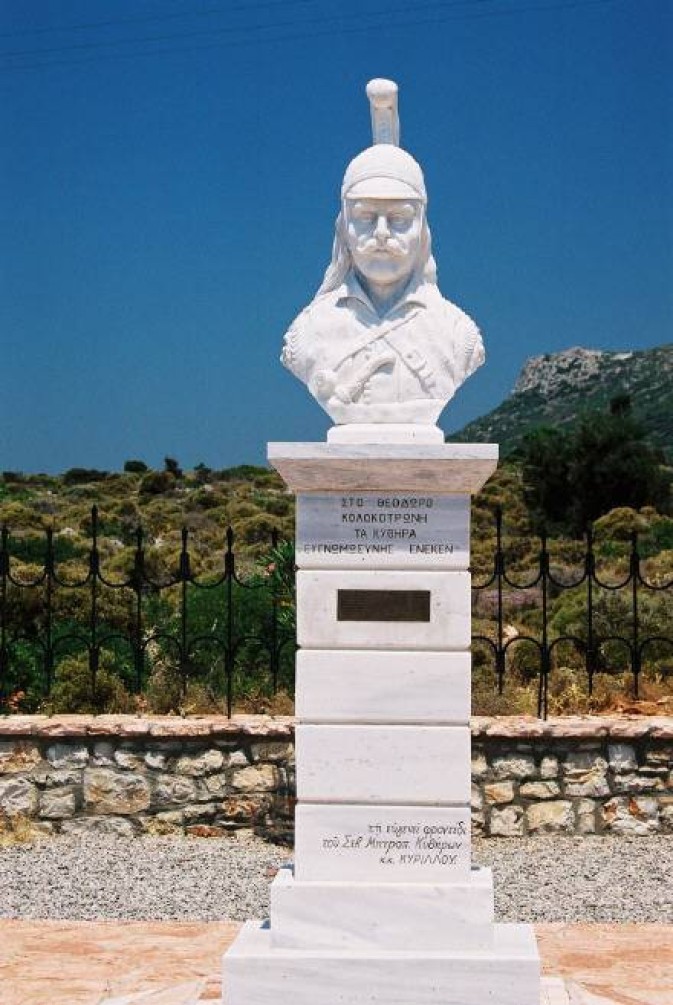Upload Your Entry
Statue of Kolokotronis
The statue of Kolokotronis near Agia Moni. The Greek revolutionary hero escaped to Kythera in 1806.
